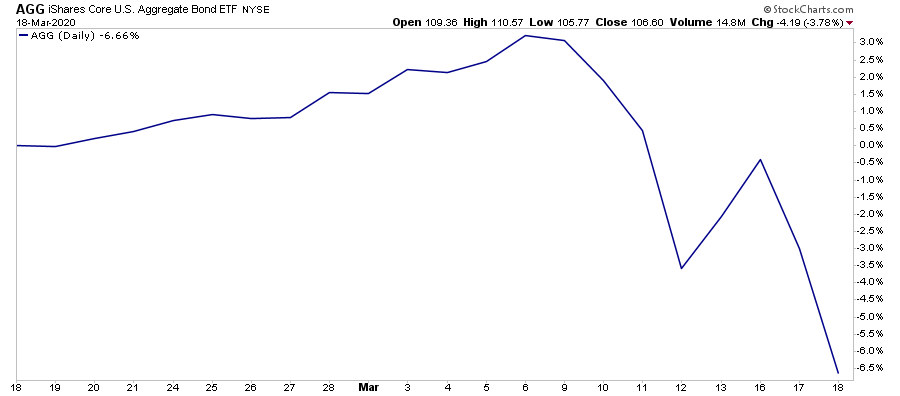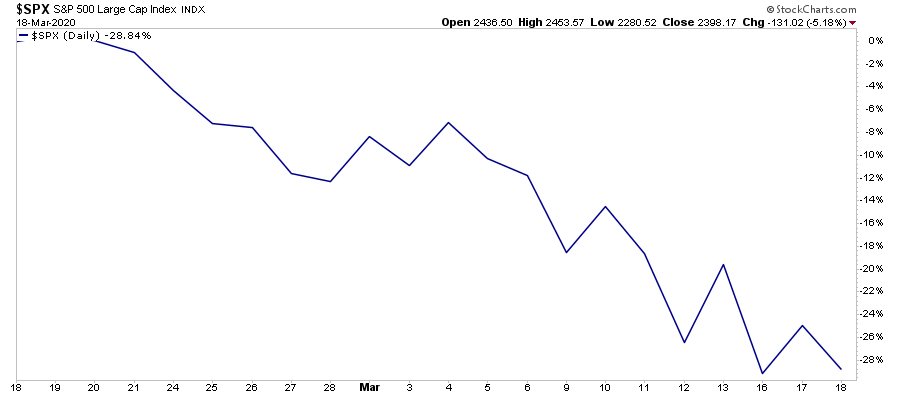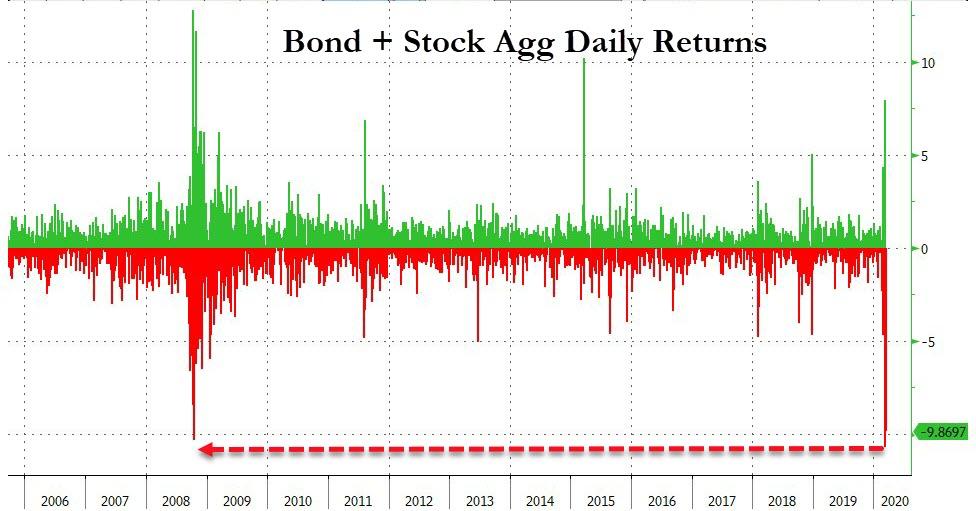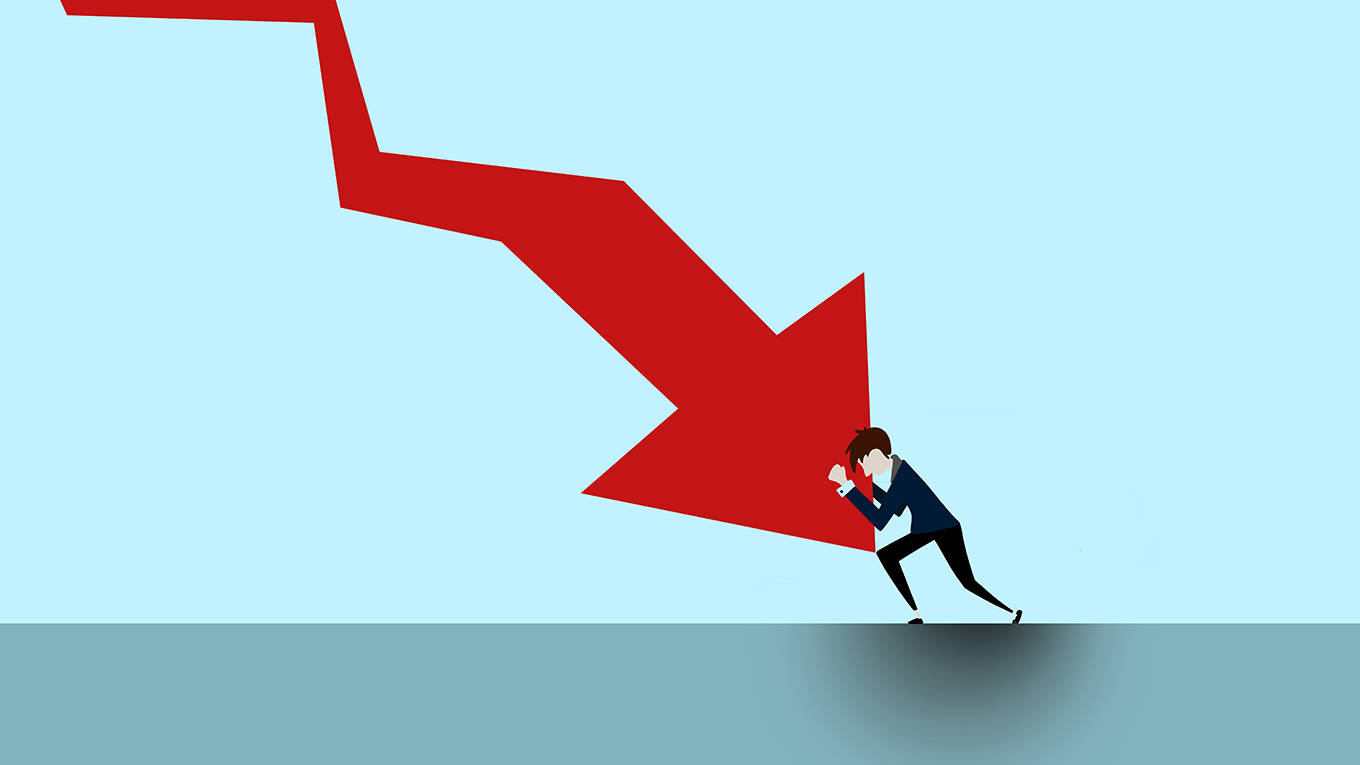Today, many big-city dwellers appear to be seeking refuge in less crowded towns and rural landscapes. The wealthy, at least, are seeking “bugout” homes away from major cities as places to ride out the pandemic, the economic downturn and the civil unrest that are gripping the world. Beyond news reports, I’ve heard from friends that homes are being snapped up in eastern Washington state and New York’s Hudson Valley by coastal city dwellers looking for a refuge in turbulent times.
It’s not just residents who are leaving. The New York Times reports that retail restaurant and merchandise chains are exiting Manhattan because it is “unsustainable.” New York City no longer teams with tourists, and its office towers are largely empty. That makes for empty streets with few customers for the city’s many retail establishments. This story is being repeated in other major cities including Atlanta, Chicago, Denver, Houston, Los Angeles, Seattle, and St. Louis.
In an op-ed appearing in The Globe and Mail, Homer-Dixon explained the underlying structural problems that have opened our global society to increasing risk:
The relatively new science of complex systems shows that such tipping events are made more likely by the unprecedented connectivity in the networks that humanity has laid down in a dense web across Earth’s surface – air traffic, financial, energy, manufacturing, food distribution, shipping and communication networks, to name just a few.
This science also shows that until we manage this connectivity better – which could mean, among other changes, reducing our international travel, simplifying global supply chains and bringing some production processes closer to home – we’re likely to experience more frequent tipping events of ever-higher destructive force.
…click on the above link to read the rest of the article…




















